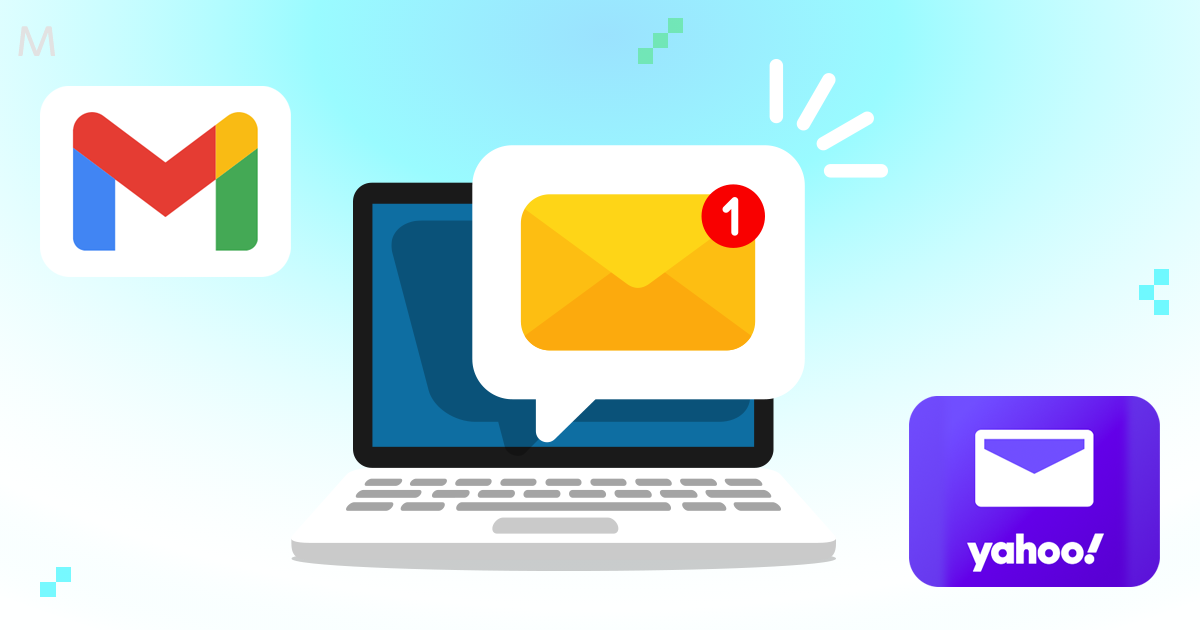The battle against spam is never-ending and Internet Service Providers (ISPs) are taking extra precautions to ensure recipients’ inboxes are not flooded with unsolicited emails. Recently, both Google and Yahoo set new standards for email authentication, potentially reshaping the way we approach digital communication. While these enhancements, starting February 1st, 2024, aim to make electronic communication more secure against phishing and other malicious attacks, they also carry implications that demand strategic consideration for marketers globally.
New Email Authentication Mandate – SPF, DKIM, and DMARC
The goal of email authentication solutions is to protect users by preventing email spoofing, phishing, and unauthorized use of domain names.
In an effort to try and minimize unauthorized messages to users, Google and Yahoo Mail email senders must authenticate their emails using industry standards such as SPF (Sender Policy Framework), DKIM (DomainKeys Identified Mail), and DMARC (Domain-based Message Authentication, Reporting, and Conformance). This step aims to increase user confidence and improve security.
Why Set Up Email Authentication?
- Help protect recipients from malicious messages, such as spoofing and phishing messages
- Help protect you and your organization from being impersonated
- Authenticated messages are less likely to be rejected or marked as spam
A guide to how to set up these standard functionalities can be found here.
Easy Unsubscription Requirements
Senders who send more than 5,000 messages per day must now implement a ‘one-click unsubscribe’ feature for recipients. This user-friendly feature enhances the opt-out process, ensuring a positive and hassle-free experience.
To enable the 1-click unsubscribe option for your Maropost account, head to this guide to learn more.
A Spam Rate Threshold
To create a better experience for users, both Google and Yahoo are cracking down on unsolicited, unwanted emails. A spam rate is calculated by advanced algorithms and user feedback, referencing the percentage of emails from a campaign marked as spam by users. To try and de-clutter users’ inboxes, both platforms will be requiring senders to keep spam rates reported in Google Postmaster Tools below 0.3%.
Additional Changes to Consider
- Message Format Compliance: Format messages according to RFC 5322 standards for consistency.
- Avoid Impersonation: Refrain from impersonating Gmail to maintain email integrity.
So, What Does This Mean for You?
Assessing Your Marketing Communications Strategy: These changes pose an opportunity for marketers to evaluate their current email strategy. Particularly for those sending bulk emails, these new implications may inspire new methods of delivering a message such as SMS marketing, better utilizing social media, and hosting real-time webinars and virtual events.
Quality over Quantity: The more emails sent, the more chances of being reported as spam. With this in mind, marketers may want to consider reducing the number of emails being sent from their domain. Additionally, with the option of unsubscribing being more accessible, marketers should become more intentional on what is sent and to whom.
These new guidelines will help reduce clutter and spam in Gmail and Yahoo inboxes, increasing consumers’ trust in their respective email platforms. With less spam, users will be more likely to notice and engage with the content they do receive, creating a valuable opportunity for marketers.
So, when is the right time to get started?
The answer: Right away!
Google has recommended that meeting the sender requirements before the deadline may improve your email delivery, noting that failure to comply may lead to your email not being delivered as expected, or being marked as spam.
Happy Sending!
Need to chat about your mobile marketing strategy?
More than 10,000 marketers use Maropost to engage with their prospects and customers through emails, SMS, social media and more. We’re here to help you grow your business!
Chat Now

